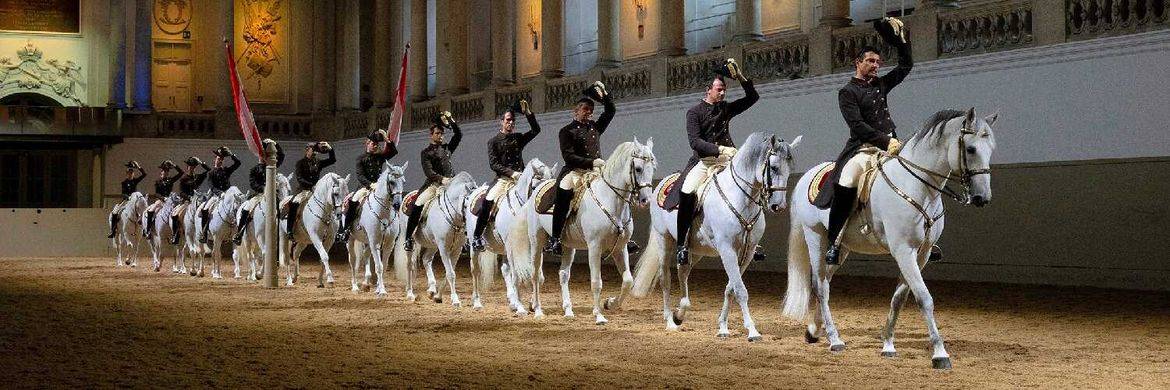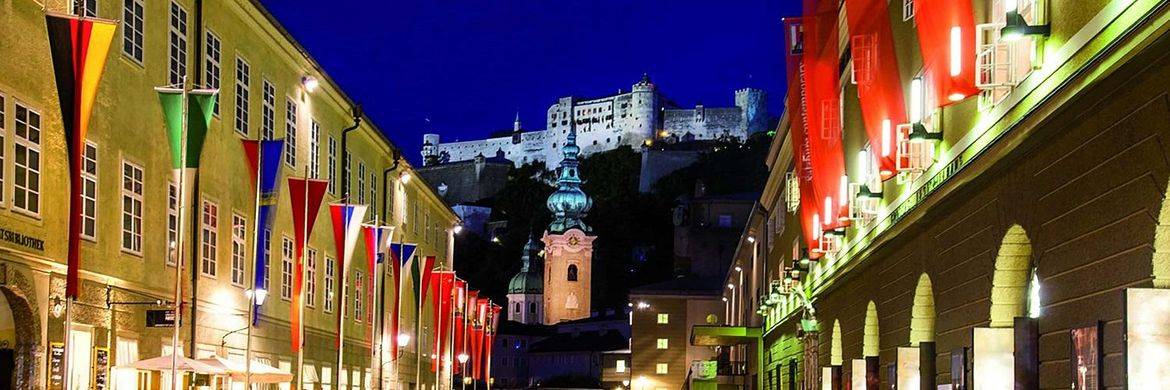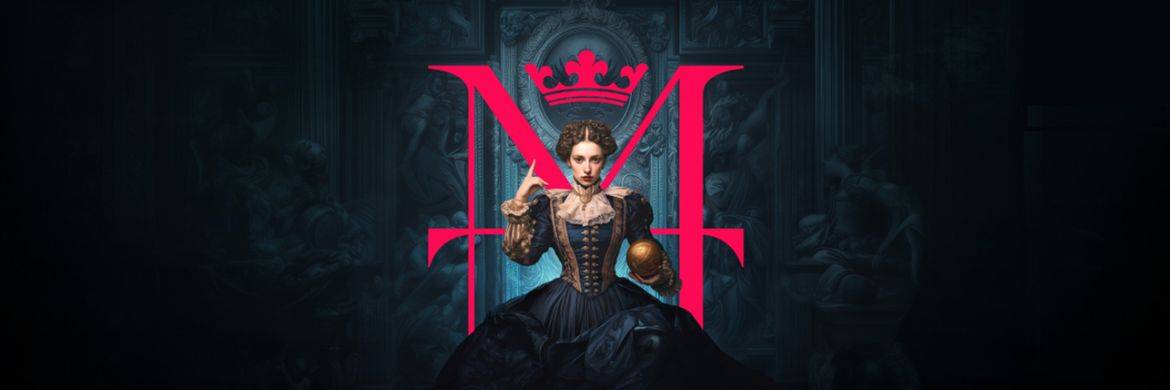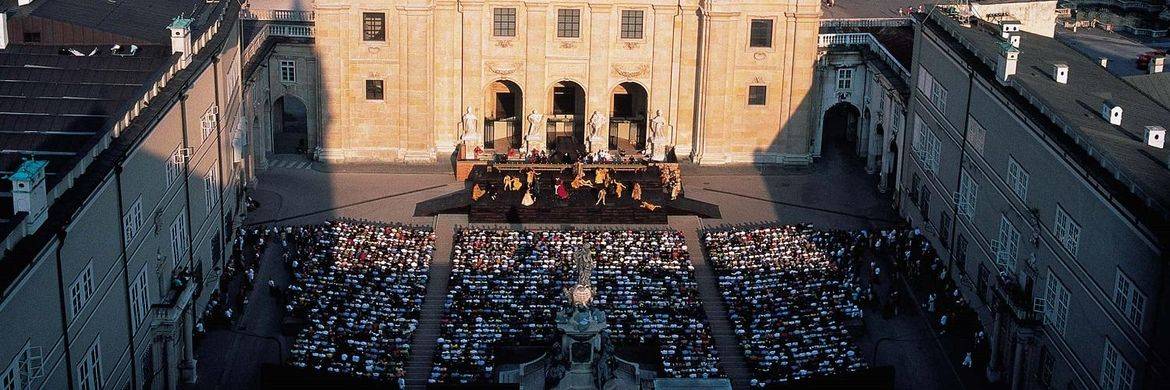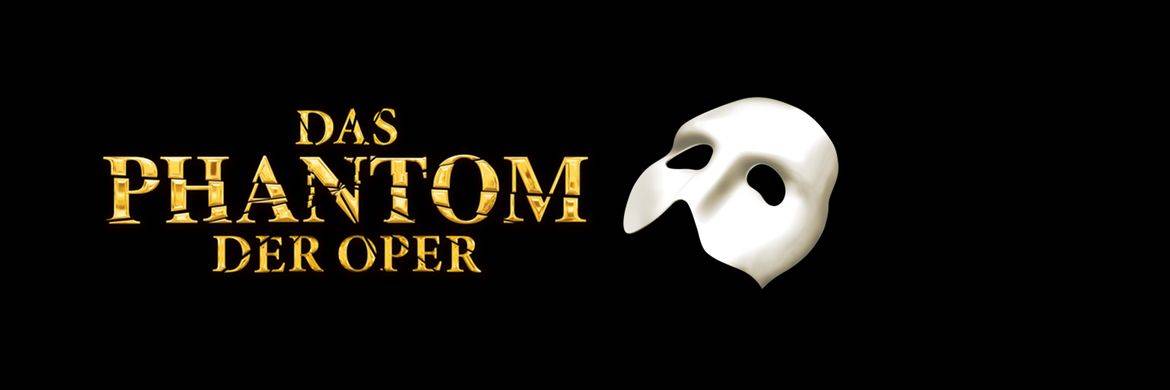About Konzerthaus
From the very beginning, the cultural purpose and artistic mission of the Vienna Konzerthaus were clear: "To be a place for the cultivation of noble music, a gathering place for artistic endeavors, a house for music and a house for Vienna." In this spirit, the Konzerthaus was opened with a ceremonial concert on October 19, 1913, in the presence of Emperor Franz Joseph I.
Richard Strauss created his "Festive Prelude, Op. 61," for the occasion, followed by Ludwig van Beethoven's Ninth Symphony. This program-a contemporary work and a masterpiece from the past-was to become exemplary for the Vienna Konzerthaus: A sense of tradition and a passion for innovation remain the pillars of the Konzerthaus's musical world to this day, forming its artistic identity.
The unique atmosphere of the Vienna Konzerthaus not only attracts artists from the international musical world. It also provides the setting for numerous other social events, such as balls, conferences, dinners, corporate presentations, and celebrations. Event services at the Vienna Konzerthaus have a long tradition, dating back to the 1920s. The wide range of programs and offerings at the Vienna Konzerthaus, however, clearly points to the future. Thanks to the extensive renovation (1998-2001), the venerable building is now well-equipped to meet the challenges of the third millennium.

